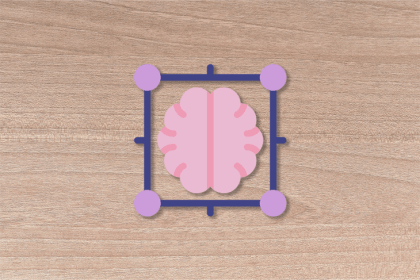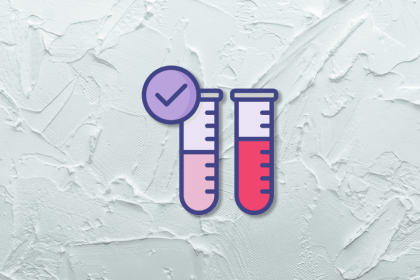
The S-curve is a widely used project management tool to track and analyze progress. Learn how an S-curve graph can help PMs make the right decisions at the right time.

Determining the right price for products requires careful consideration. Setting the price too low can result in missed revenue, while setting it too high may limit sales volume.

In this article we discuss convergent thinking in product management and how to incorporate it into the product development process

If you have the right combination of core and accessory products, a captive product pricing strategy can be a great tool.

The software testing lifecycle consists of multiple phases, including alpha, beta, and general availability, designed to enhance the user experience.

We’ll define what a business case is, help you determine when you need one (and when you don’t), and walk you through a four-step process for writing a business case.

Discover how the insights gathered in a cohort analysis can help you identify the right steps to reduce churn and improve your retention rate.

A perceptual map is a visual aid that shows how consumers perceive a product compared to its competitors in the market.

Roadmaps are often associated with product roadmaps, but all teams can use them to communicate strategy, areas of focus, and timelines for implementing their projects.

The Kano model helps in understanding customers’ needs and prioritizes potential features on the roadmap based on the value they’re expected to deliver to users.

Scrumban combines the structure and predictability of scrum with the flexibility and visualization of kanban to make agile teams more efficient and productive and help them continuously improve.

In this guide, we’ll define the five stages of the product lifecycle (development, introduction, growth, maturity, decline), and explore the role of the product manager at each stage.